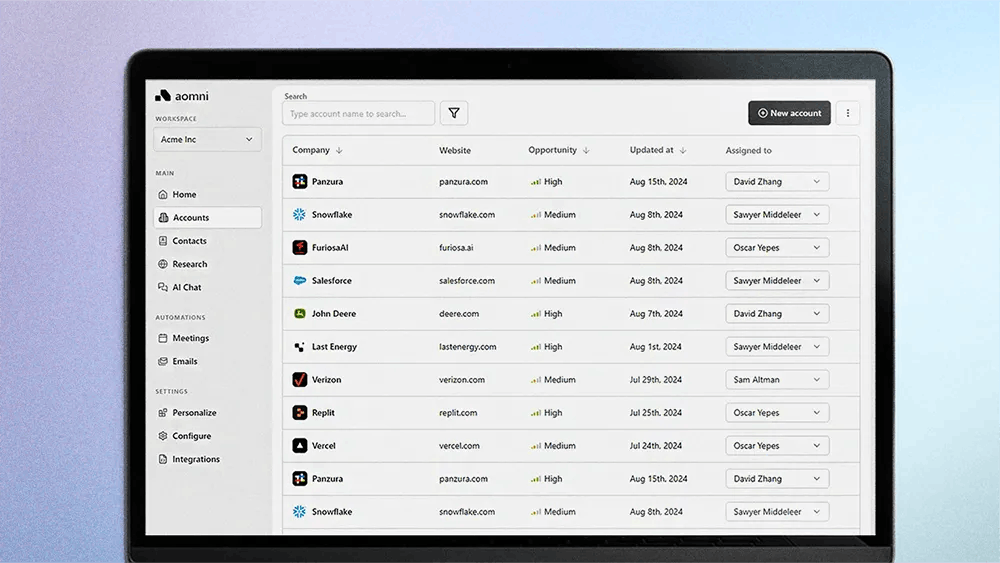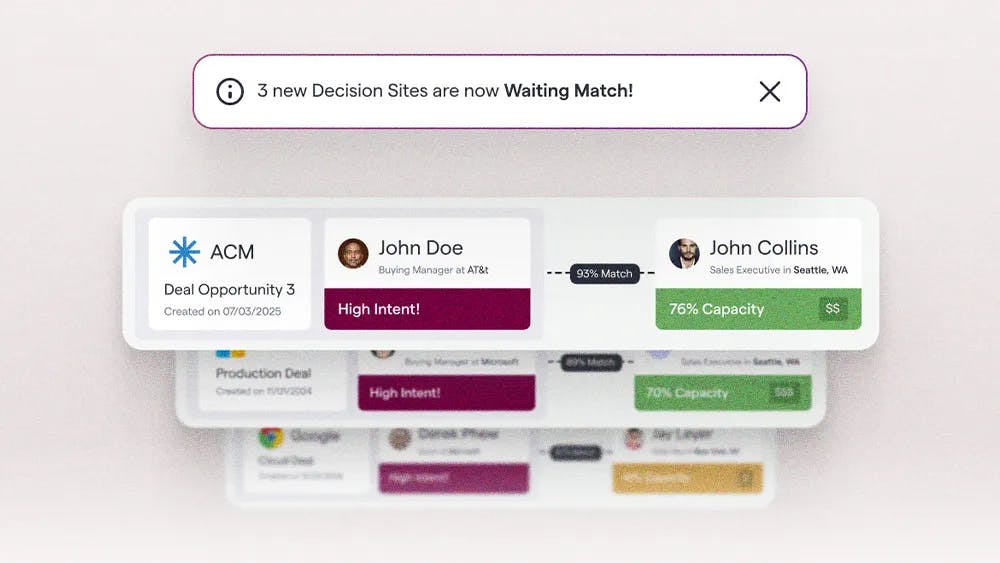Mid-funnel metrics drive outcomes. It's not just about driving consideration and favorability. People want to drive sales.
Media today is a whirlwind of fragmentation, making it tougher than ever for brands to capture fleeting consumer attention amidst endless scrolling and fractured focus. As traditional channels struggle to hold eyeballs, savvy marketers are looking towards an often-underestimated arena that commands deep, leaned-in engagement: gaming.
Gabrielle Heyman, Vice President of Global Brand Sales and Partnerships at Zynga, is at the forefront of this shift. With 12 years steering Zynga's advertising business and prior experience at digital giants like Electronic Arts and Yahoo, Heyman brings deep expertise to the intersection of gaming, advertising, and consumer behavior. She argues that gaming isn't just entertainment; it's a powerful solution for brands seeking to cut through the noise.
Fighting for attention: Gaming has cemented itself as a primary entertainment platform, rivaling traditional media and commanding significant user time, Heyman says. Unlike passive consumption, gaming demands active participation. "It's the engagement," she explains. "There's this opportunity to make engaging gamified ads for brands. And that's something really unique to the gaming environment... we're already spending more time on our phones than on TV or on our computers."
"It's such a fragmented environment now. Attention spans are short, and with people endlessly scrolling social media, it's really hard to stand out and show up. And that's exactly what gaming does."
Gamified ads as the solution: Brands capitalize on this unique engagement through interactive, gamified advertising experiences. Zynga operates Studio E, a dedicated game studio creating bespoke games for brands. These aren't passive placements; they are playable experiences designed to capture attention and convey brand messages effectively. Heyman notes these can achieve high engagement rates, citing 80% as an example, and highlights the expansion into "shoppable playables" that directly link gameplay to commerce.
For instance, Zynga created a shoppable Match-3 game for Walmart, enabling clicks to product pages mid-game, and a sophisticated playable for Maybelline demonstrating a new product's use. Heyman describes this concept as a type of product trial. "The player understands exactly what the product does because they just played a game that showed them what it does." By turning ads into fun, playable mini-games, brands create enjoyable interactions, making advertising less intrusive.
The biggest challenge gaming is having in establishing itself as a media channel is that it remains a 'defender category'.
Measurable mid-funnel impact: This deep engagement translates directly into tangible business results, particularly in the crucial mid-funnel stage between awareness and conversion. "Mid-funnel metrics drive outcomes," Heyman says. "It's not just about driving consideration and favorability. People want to drive sales." This effectiveness is backed by data: Zynga ranks sixth in time spent among top mobile properties, and Heyman notes, "Time spent with your brand in the correct way increases the mid-funnel metrics." Furthermore, a study by research firm DISQO across 1,200 campaigns found gaming outperformed other channels in driving purchase intent, favorability, and consideration.
Evolving engagement: The advertising landscape within gaming continues to evolve. "The whole ecosystem is evolving so quickly, and I think cloud gaming is revolutionizing console big time," Heyman says, explaining it offers more standardized ad opportunities compared to traditional, hard-coded console integrations. Crucially, success hinges on respecting the player. "Gamers have said time and time again, they prefer real-world brand experiences in their games where it makes sense," Heyman notes. "The thing is, you do have to be authentic."
Just as a misplaced coffee cup broke immersion in Game of Thrones, ads must fit the game's context. While mobile ads can be interruptive, players often accept them in the free-to-play value exchange, as seen in long-running titles like Words With Friends. Understanding context and player expectations is key. "'Who likes ads here?' No one raises their hands, of course," Heyman recounts from a presentation. But longstanding engagement proves they are more than tolerable.
Plenty of headroom: Despite its power, gaming faces hurdles in mainstream ad adoption. "The biggest challenge gaming is having in establishing itself as a media channel is that it remains a 'defender category'," receiving only about 5% of total brand ad spend. The ecosystem's complexity contributes to this. "Gaming is confusing to people. There's console, there's PC, there's mobile, but there's also influencers, creators, streamers, Twitch, esports. Brands wonder 'What do I focus on?'" she explains.
Unlike the clear budget shifts from radio to streaming audio, or broadcast to streaming video, gaming lacks an obvious historical budget line item. "I was told a long time ago, the reason why radio transitioned so easily is because it was obvious. The radio budget moved into audio streaming, but where does my gaming budget come from?" But an underutilized platform in a saturated ad age means there is still a significant, untapped opportunity for brands ready to leverage gaming's unique engagement.





